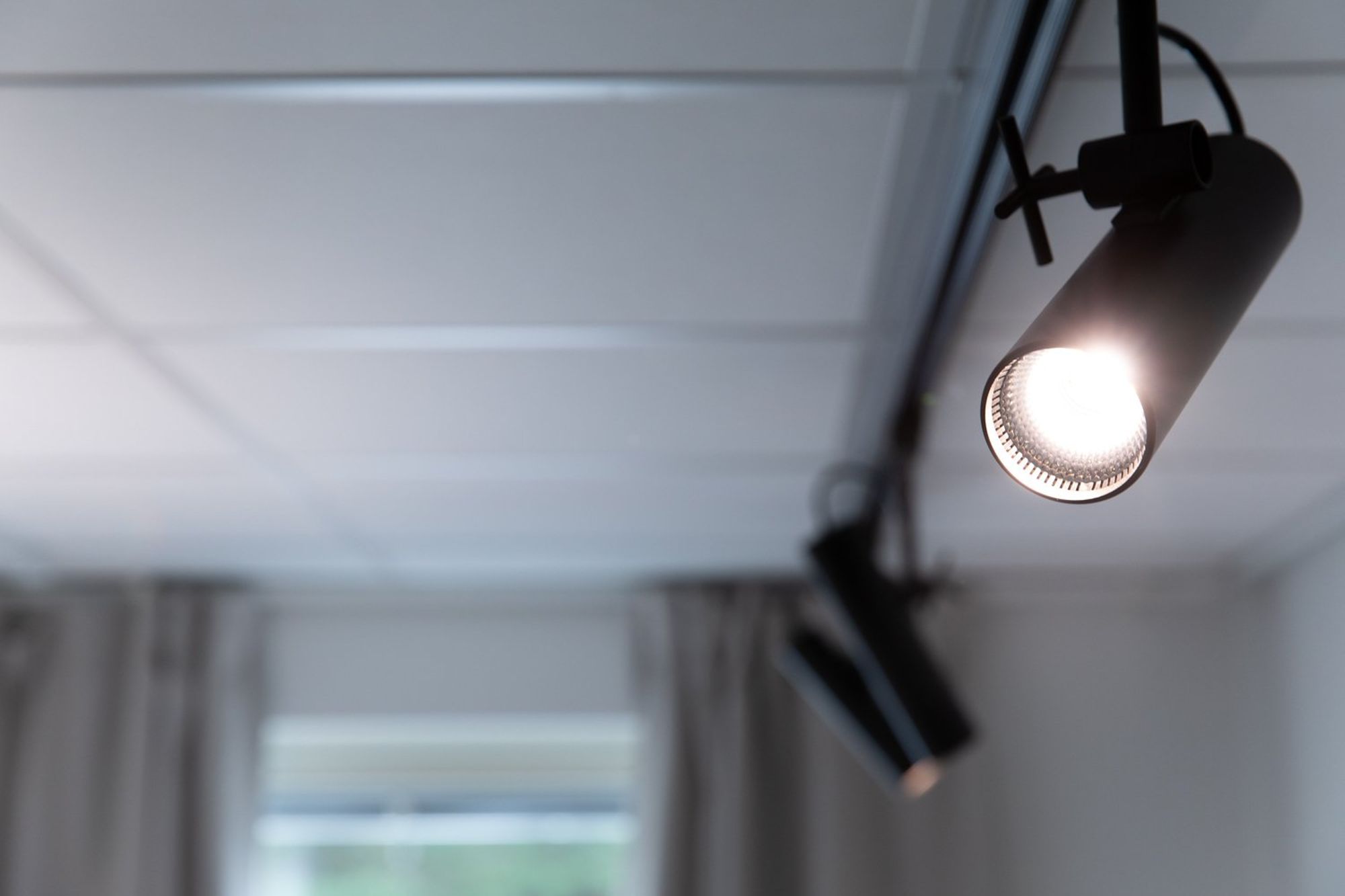Discomfort glare from electric light
Discomfort glare arises from light sources or luminaires that have a higher luminance than the eyes can adapt to. The glare can occur immediately, but it can also become apparent only after a longer period.

The degree of discomfort glare depends on the luminance and the size of the glare source, the background luminance against which the glare source is viewed and the position of the glare source in relation to the line of sight. The luminaire’s luminance, surface size, low background luminance and the closeness to line of sight are all factors that increase the degree of discomfort glare.
Consequently in lighting planning, a luminaire’s luminance should always be set in relation to the background luminance. The closer to the eye the bright surface is in the line of vision the greater the risk of unpleasant glare.
With open luminaires, especially those for compact and intensive light sources with high luminous flux, it is generally the light source itself or a mirror image in the polished reflectors or working material that causes the glare effect. One way to reduced discomfort glare is to use matt reflectors and large-area luminaires.
Discomfort glare can also be reduced by increasing the luminosity on the room walls and ceiling. This can be achieved in different ways:
- Luminaires can be equipped with a certain amount of uplight.
- Luminaires can be installed closer to the room’s walls.
- Walls can be lit separately or the luminosity increased by choosing higher reflection factors on the wall surfaces.
Walls that are too bright in relation to the vision object can create adaptation problems. The luminosity of room surfaces must therefore be adapted to the visual conditions and be limited in accordance with the instructions set out in the section Luminance distribution and luminance limitations.